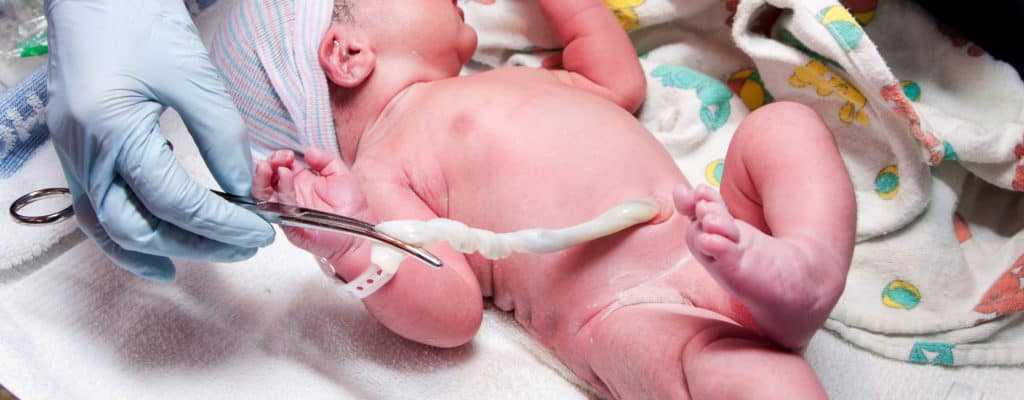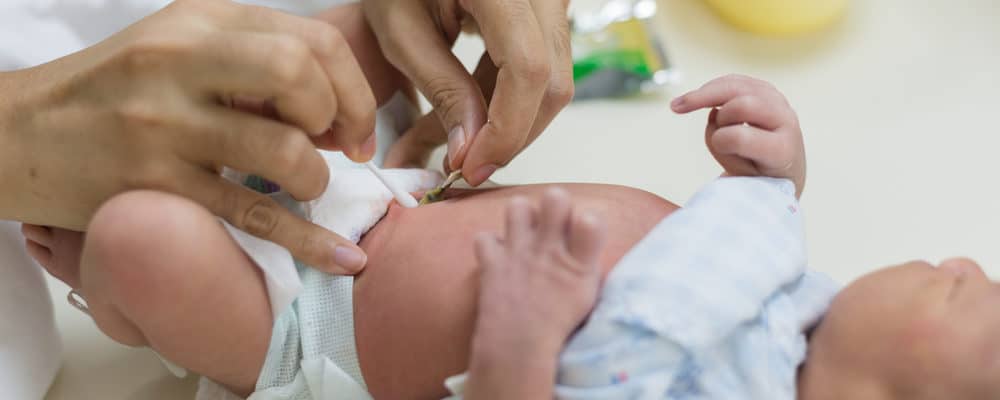Things you need to know about the circulatory system and fetal heart rate

Hearing the fetal heartbeat is a sacred thing for pregnant mothers. So you know how the baby's fetal heart rate formed and changed yet?

Hearing the fetal heartbeat is a sacred thing for pregnant mothers. So you know how the baby's fetal heart rate formed and changed yet?

Mom needs to know how to take care of the baby's umbilical cord so that the umbilical area heals quickly. This helps prevent infection and irritation in the child.

The umbilical cord connects to the fetal body, containing 10 times more stem cells than bone marrow in an adult. In fact, when well nourished and protected, the role of the umbilical cord can help ward off many life-threatening conditions such as leukemia (leukemia), lymphoma, and bone marrow disorders.

After your baby is born, part of the umbilical cord remains in your baby's abdomen. At this point, you need to take care of the newborn umbilical cord carefully and let the cord fall off on its own after 1-2 weeks.

During the last few weeks of pregnancy, the problem that many people worry about is the prolapse of the umbilical cord. For the cause and treatment, see the article aFamilyToday Health.